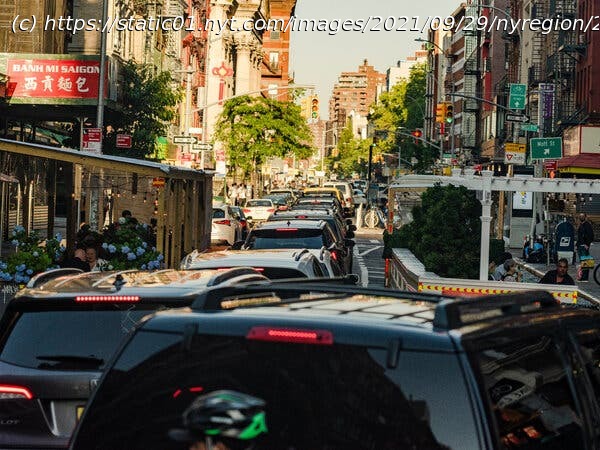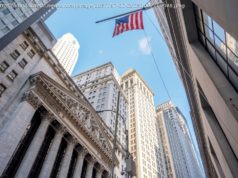At a series of hearings, New Yorkers argued over who should be exempt, who is bearing most of the burden and who should get a seat at the decision-making table.
More than two years after New York State lawmakers approved a congestion pricing plan that would toll drivers entering the busiest parts of Manhattan — the first such program in the country — New Yorkers and those who travel alongside them are getting a chance to voice their opinions. Public hearings, which started last week, kick off an extensive review process that federal officials are requiring the Metropolitan Transportation Authority to complete before the agency can begin charging vehicles that enter Manhattan between 60th Street and the Battery. Congestion pricing is meant to discourage drivers and address the city’s gridlocked streets. The fees raised will help the M.T.A., which runs the city’s subway, buses and two commuter rails, improve and modernize public transit. All told, the review — which also includes a specific focus on environmental justice, exploring how congestion pricing might affect low-income communities and people of color — is scheduled to last 16 months, running into 2023. There are 10 public meetings — seven remain — dedicated to the various geographic areas most likely to be affected by the congestion pricing plan. More than 150 people spoke at the first three meetings, which focused on the boroughs outside Manhattan, the section of Manhattan within the proposed tolling zone and New Jersey. They included politicians, leaders of civic groups, business owners and residents. Because the meetings are being held online, either during the typical workday or immediately after it, the group of speakers may not have been fully representative of the city’s residents, as some pointed out. “I’m waiting for everyone else who looks like me on this meeting,” said Andrea Haynes, a Black woman who moved to Midtown Manhattan more than a decade ago from Co-Op City in the Bronx. “But guess what: They’re not home yet.” Three additional meetings in October will focus on low-income and minority communities in New York, New Jersey and Connecticut. Still, among those who spoke, several clear debates emerged that are likely to shape the implementation of congestion pricing. During the three meetings last week, speakers who favored a congestion pricing plan appeared to outnumber those who did not. Still, even some supporters did so conditionally, arguing that certain exemptions be added. Under the congestion pricing plan approved by the state legislature, vehicles entering the tolling zone would be charged once per day. Toll prices have not been set; those will be recommended later by a six-person board. But Allison C. de Cerreño, the M.T.A.’s deputy chief operating officer, has said at public meetings that rates were expected to range from $9 to $23 for passenger vehicles using the E-ZPass toll system, with possible discounts overnight or during off-peak hours. If there are more exemptions, officials said, the base rate would likely be higher. Currently, emergency vehicles and those transporting people with disabilities are exempt from fees, as are vehicles that travel on the F.
Start
United States
USA — Financial Congestion Pricing Is Coming to New York. Everyone Has an Opinion.






